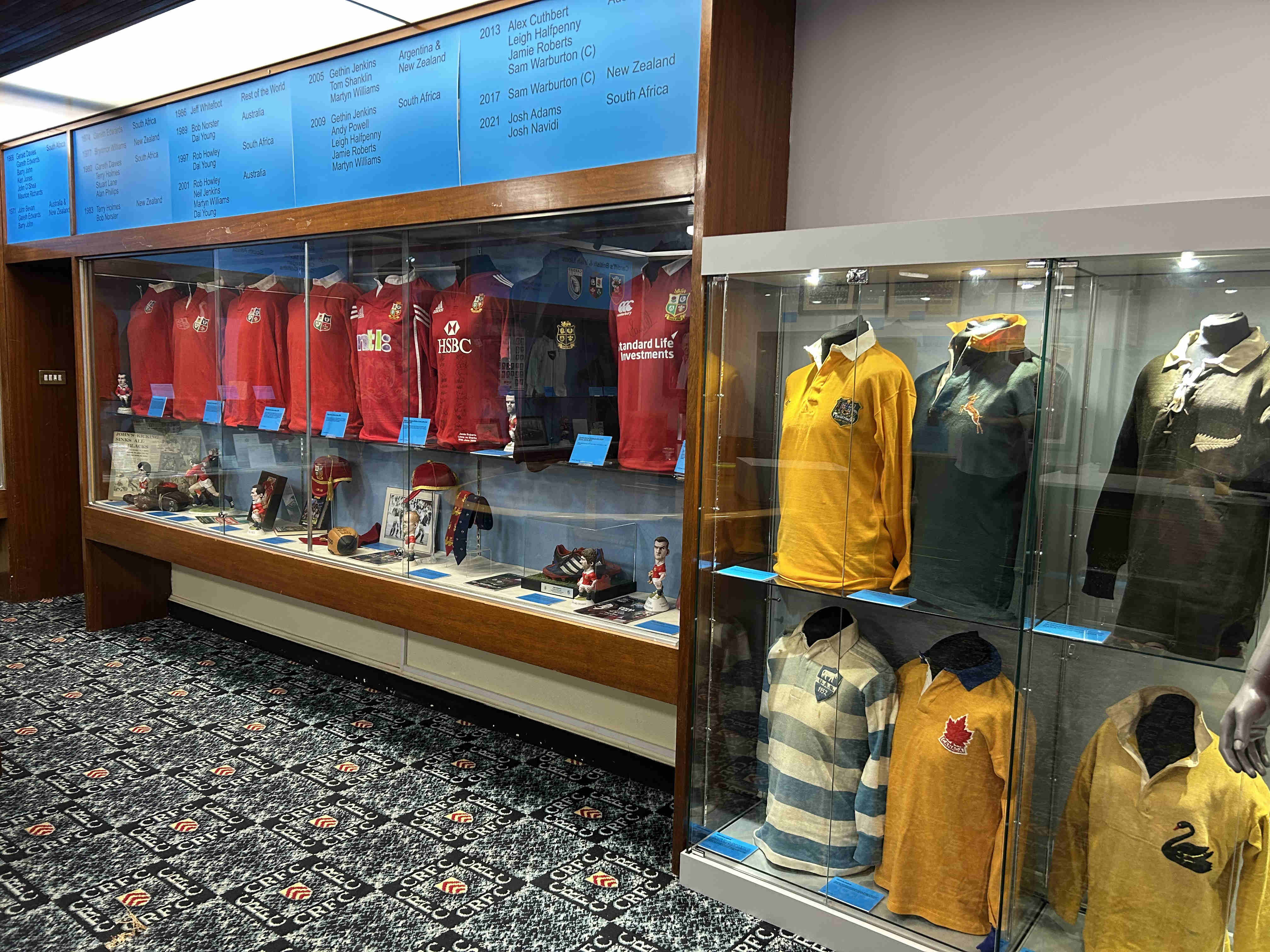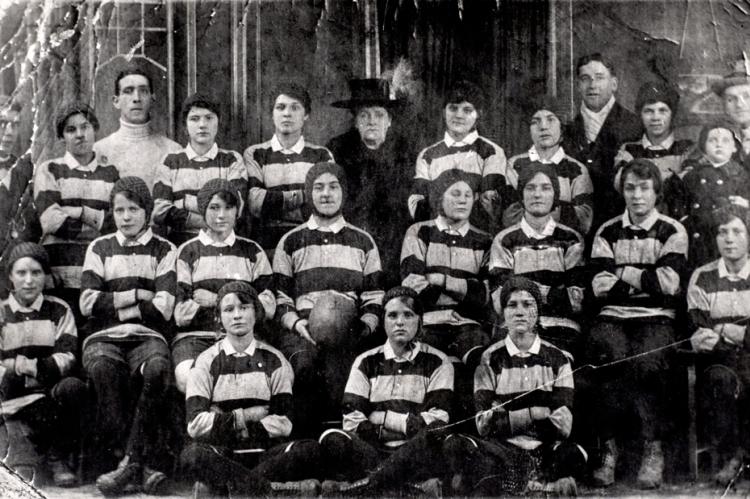Cardiff Rugby Museum has mounted a special exhibition this summer to celebrate Cardiff’s British Lions. Our timing was poor, in that this was the first tour since 1993 not to feature a Cardiff player, though Tomos Williams made the cut just a year after graduating from our ranks and so we can lay a partial claim to representation!










